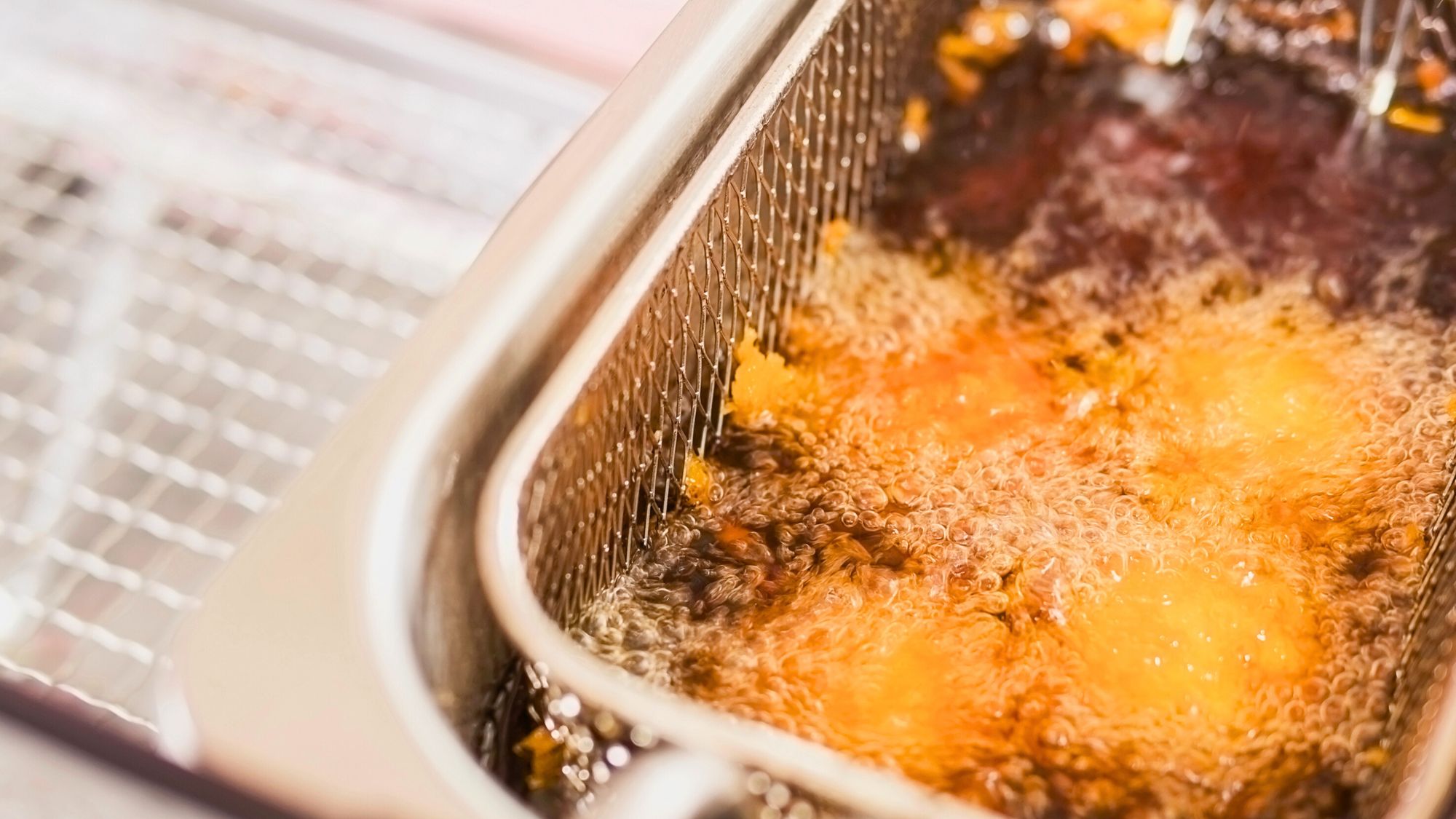
It is essential to select the right fryer when making crispy, golden fried foods for any commercial kitchen. The two most common fryers are open fryers and commercial pressure fryers. They have their unique features, which serve diverse cooking purposes. A commercial pressure fryer is operated at high pressure with the frying air sealing moisture inside the food so that it is cooked a lot faster than an ordinary fryer, and the food is succulent and packed with flavour. On the contrary, the open fryer depends on the normal frying without applying pressure, which makes it a simpler way of frying. By learning the relation between the two, one can select the fryer which best meets one’s business objectives.
How Commercial Pressure Fryers Operate
In a sealed chamber, a commercial pressure fryer cooks food using heated oil under pressure, allowing for high cooking temperatures. This approach helps the food stay wet on the inside while getting a crisp exterior, hence accelerating the cooking process. Particularly in fast food restaurants, pressure fryers are frequently used for chicken. For high-volume kitchens, the high pressure lowers the cooking time considerably, hence boosting the sealed chamber, which also helps to lock in flavours and nutrients, making the food juicier and more flavourful compared to open frying.
How Open Fryers Operate
As the name implies, open fryers involve cooking food in an open vat of hot oil. The heat is applied straight to cook the food; the food is put into the oil. Unlike pressure fryers, there is no sealed chamber or pressured atmosphere. Many restaurants, cafés, and food venues employ this approach more often and find it rather simple. Although the oil’s temperature is regulated, it might vary with the kind and volume of food being cooked.
Pros: Commercial Pressure Frying
Speed is one of the main benefits of a commercial pressure fryer. Food cooks under pressure, therefore allowing it to cook quicker than it would in an open fryer. In time-sensitive, high-demand kitchens, this speed is particularly crucial. The moisture retention in food is yet another major advantage. The sealed cooking system guarantees crisp outside and tender, moist food inside. Since high pressure forces extra oil out, pressure fryers also usually create less oil-soaked food. Furthermore, shorter cooking time leads to less oil breakdown, so the oil’s life is extended before it has to be replaced.
Pros of an Open Fryer
For smaller companies with tighter budgets, open fryers, which are easier and usually less expensive than pressure fryers, make great choices. They provide adaptability since they may be used for a wider range of foods, including chips to battered fish, without the need for special apparatus. With open fryers, one may also have a more conventional cooking experience with simple monitoring and adjustment of the cooking process. Although they take longer to cook food, many chefs prefer the control they have over the cooking process to guarantee constant results. Moreover, open fryers have fewer pressure fryer maintenance and cleaning hassles.
Cons of Commercial Pressure Fryers
Though they have advantages, commercial pressure fryers also have certain drawbacks. One of the primary worries is the high expense. For smaller companies, which can be a major investment, pressure fryers cost more to buy and maintain than open fryers. The cooking method is more involved and needs close monitoring of temperature and pressure adjustments, therefore, they also need more training to properly use them. In smaller businesses, the pressure fryers’ potential to occupy additional kitchen space could cause difficulties. Moreover, although pressure frying is quicker, it might not be appropriate for all kinds of food, particularly sensitive or brittle goods that would be harmed under pressure.
Cons of an Open Fryer
Though less expensive, open fryers present another set of difficulties. The longer cooking time relative to pressure fryers is one of the key drawbacks. In high-volume kitchens, especially when frying big quantities of food, this might delay service. Since the oil is in direct contact with the food for a longer time, open fryers also often produce greasier meals. For health-conscious consumers or eateries emphasising more low-menu options, this could be problematic. Moreover, the oil in open fryers deteriorates more rapidly from extended heat exposure, hence, it must be replaced more regularly. This raises maintenance time and operational expenses.
Conclusion:
Open fryers and commercial pressure fryers each have special benefits and drawbacks. For high-volume kitchens, the speed and moisture retention of pressure fryers and their more efficient cooking approach make them perfect. Your priorities, whether cost, cooking speed, food quality, or ease of operation, will determine the finest fryer for your company. Before you make a choice, think about your particular requirements and financial plan.
Keep visiting Big Biz Stuff for more informative blogs.